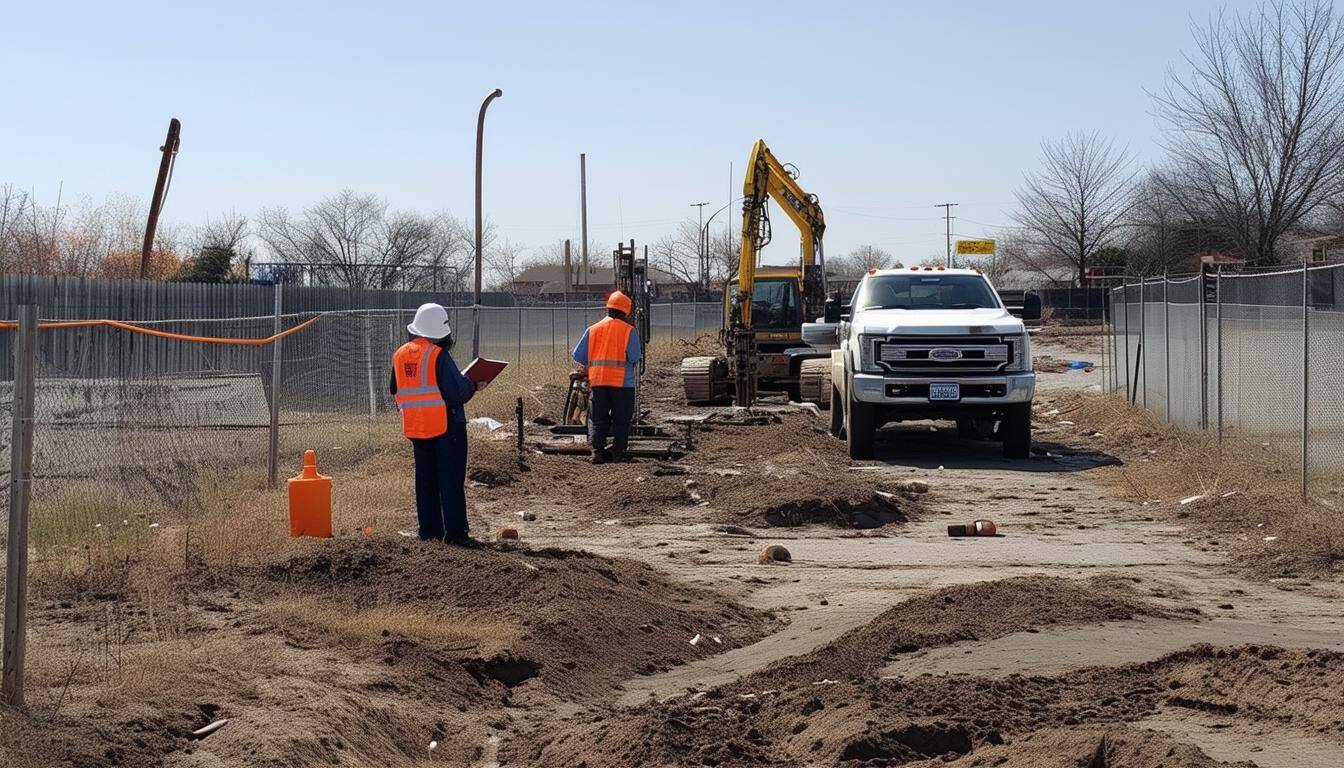When it comes to real estate transactions, development projects, or property refinancing, ensuring environmental site assessments are crucial. Often, this process begins with a Phase 1 Environmental Site Assessment (ESA), which involves a thorough review of a property's history, records, and a site visit to identify potential environmental concerns. But what happens if red flags are raised during this assessment? That’s where a Phase 2 ESA comes in.
What is a Phase 2 Environmental Site Assessment?
A Phase 2 ESA is a more in-depth investigation conducted when a Phase 1 ESA identifies potential contamination or recognized environmental conditions (RECs) on a property. This assessment includes collecting soil, groundwater, and/or vapor samples to determine if contamination is present and to what extent.
So, when exactly might you need a Phase 2 ESA? Here are the key situations:
1. Evidence of Potential Contamination During a Phase 1 ESA
If a Phase 1 ESA uncovers signs of potential contamination, such as underground storage tanks (USTs), chemical spills, or hazardous waste handling, a Phase 2 ESA is essential. This step ensures any potential risks are thoroughly investigated and documented before moving forward with the property transaction.
2. Property Redevelopment or Change in Land Use
When a property is being repurposed or redeveloped, especially if its past use involved industrial, commercial, or agricultural activities, there could be a risk of soil or groundwater contamination. A Phase 2 ESA helps identify any contamination that might pose a risk to future occupants or construction activities.
3. Regulatory Requirements and Compliance
In some cases, local, state, or federal regulations may mandate a Phase 2 ESA, particularly if the property is located in an area with known environmental concerns or if the previous activities suggest a higher risk of contamination. Ensuring compliance with these regulations helps avoid potential legal and financial liabilities down the road.
4. Financing and Insurance Requirements
Lenders and insurance companies often require a Phase 2 ESA before approving financing or coverage for properties with a history of industrial or commercial use. This assessment helps them evaluate potential risks and liabilities associated with environmental contamination, protecting both the lender's investment and the buyer's interests.
5. Suspected Vapor Intrusion or Indoor Air Quality Issues
If there's a suspicion of vapor intrusion (when volatile chemicals migrate from the subsurface into indoor air), a Phase 2 ESA is necessary. This typically involves sampling indoor air or soil gas to identify whether contaminants pose a risk to human health.
6. Protecting Future Liability
If you’re a buyer or investor looking to protect yourself from future liability, conducting a Phase 2 ESA can provide peace of mind. It ensures you’re fully aware of any environmental risks before closing the deal, helping you make informed decisions about remediation or negotiating terms with the seller.
Trust Talon/LPE for Your Phase 2 ESA Needs
A Phase 2 Environmental Site Assessment is a critical step in protecting your investment and ensuring environmental safety. At Talon/LPE, our experienced team is here to guide you through the process, providing comprehensive assessments and expert solutions tailored to your needs.
If you suspect contamination, are planning a redevelopment, or have been advised to conduct a Phase 2 ESA, don't leave it to chance—reach out to Talon/LPE today. We're here to help you navigate the complexities of environmental compliance and safeguard your property for the future.

